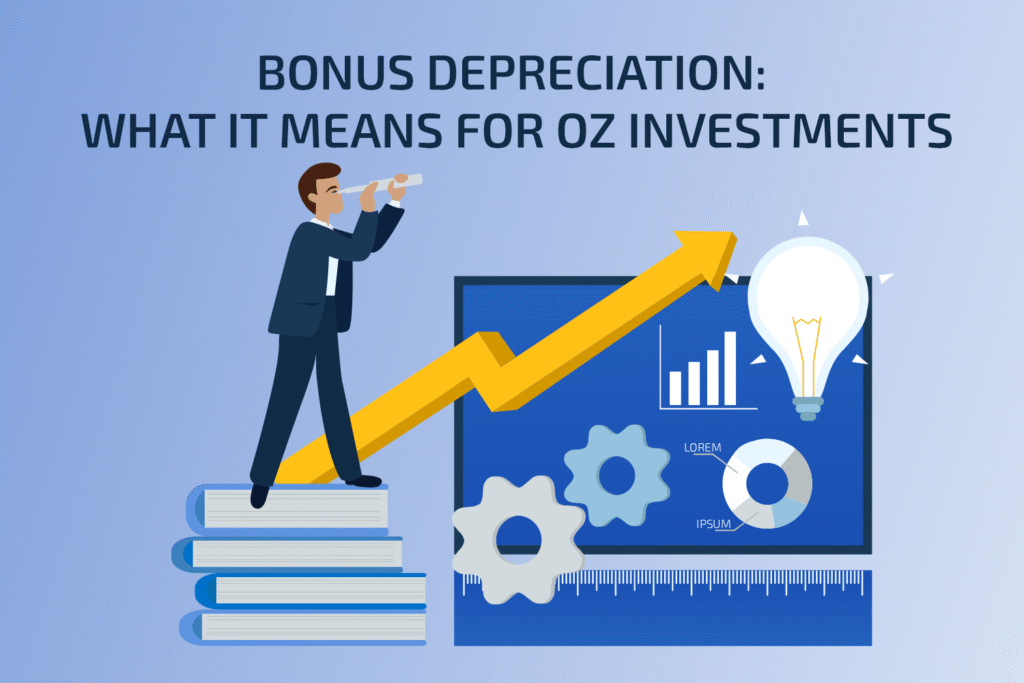As a fund manager, you already understand the power of compounding and the value of asymmetric upside. But you also know the pain of seeing your carry taxed at ordinary income rates if an exit happens inside three years — a change that’s been quietly eating into post-tax returns since 2017 Tax and Jobs Act. The same year Opportunity Zone legislation was introduced.
There’s a better way to keep more of what you’ve earned.
By rolling realized carried interest gains into an Opportunity Zone Fund, you can:
- Defer your tax bill until 2026,
- Reinvest 100% of the gain instead of after-tax proceeds,
- Own real, inflation-hedged assets that generate income and appreciate over time, and
- Eliminate taxes entirely on all new appreciation after a 10-year hold.
The Opportunity Zone structure gives carry earners what traditional fund economics can’t: tax-free compounding on new equity growth — stacking a tax-advantaged, inflation-protected layer of wealth on top of it.
Turn Carried Interest into Tax-Free, Real Asset Ownership
Background:
In 2017, the same tax reform that created Opportunity Zones also changed carried interest rules requiring a 3-year hold for long-term capital gains treatment. Gains realized before that are now taxed as ordinary income, often 40%+.
The Opportunity:
By reinvesting carried interest gains into a Qualified Opportunity Fund (QOF), managers can:
- Defer their tax bill until 2026
- Reinvest the full pre-tax gain (not the after-tax remainder)
- Compound tax-deferred returns for 10+ years
- Eliminate taxes entirely on new appreciation
Why It Matters:
Opportunity Zones give carry earners the rare chance to convert short-term, high-tax gains into long-term, tax-free wealth — all while investing in real assets that hedge inflation and generate income.
In short:
Your carry was designed to reward performance.
The OZ structure rewards patience with tax advantages and diversification







